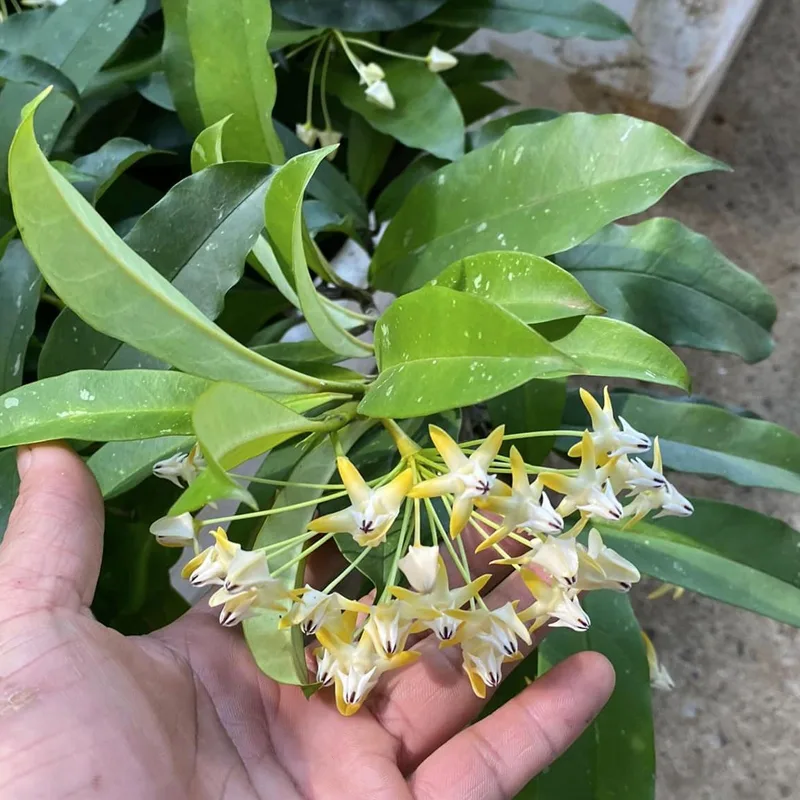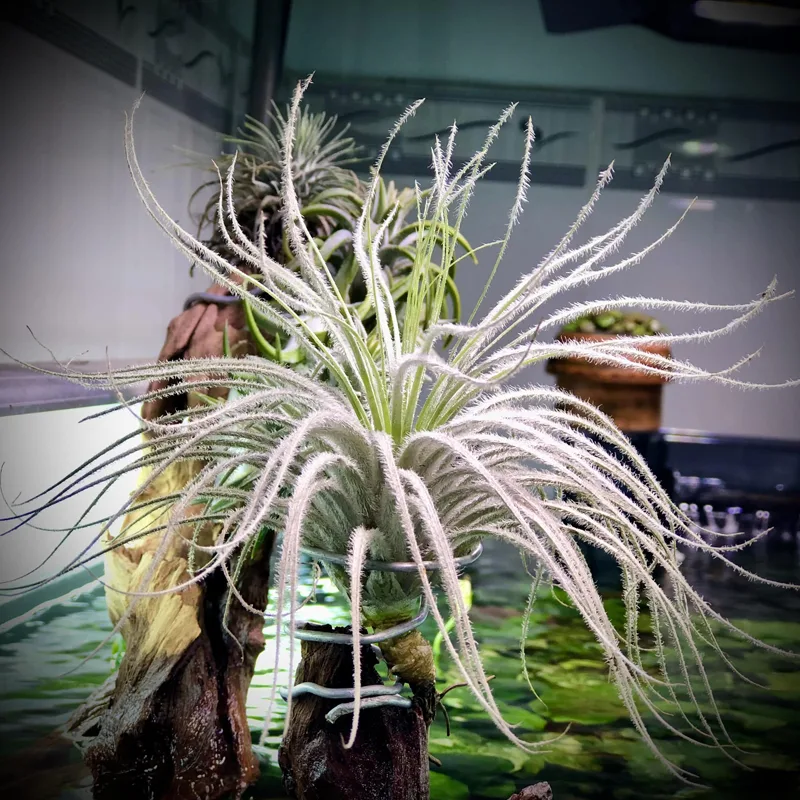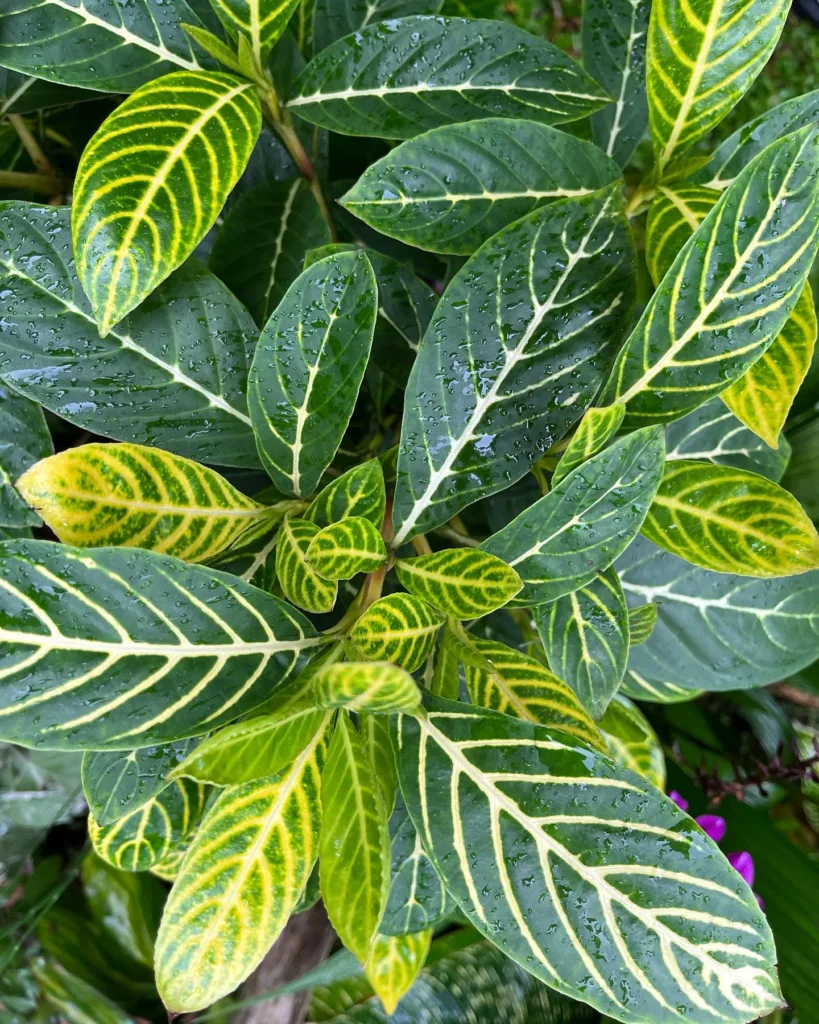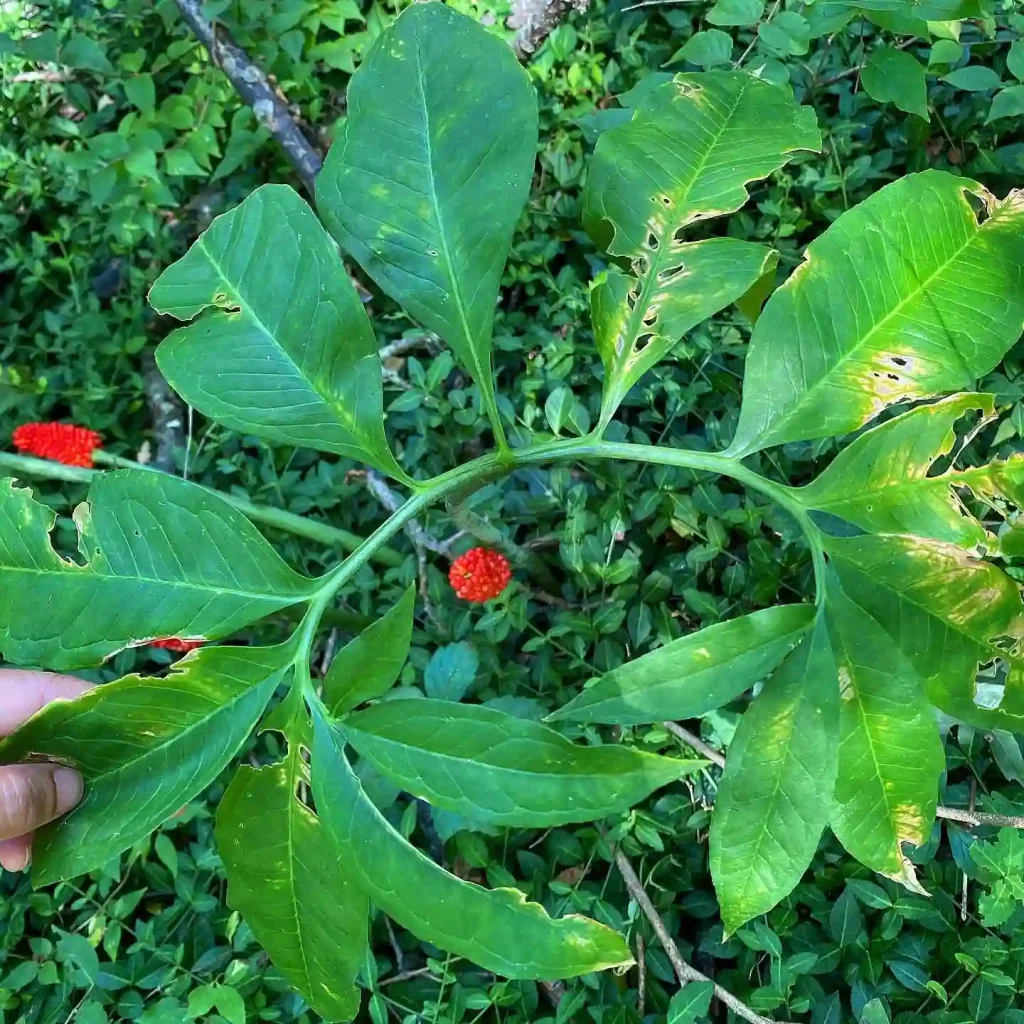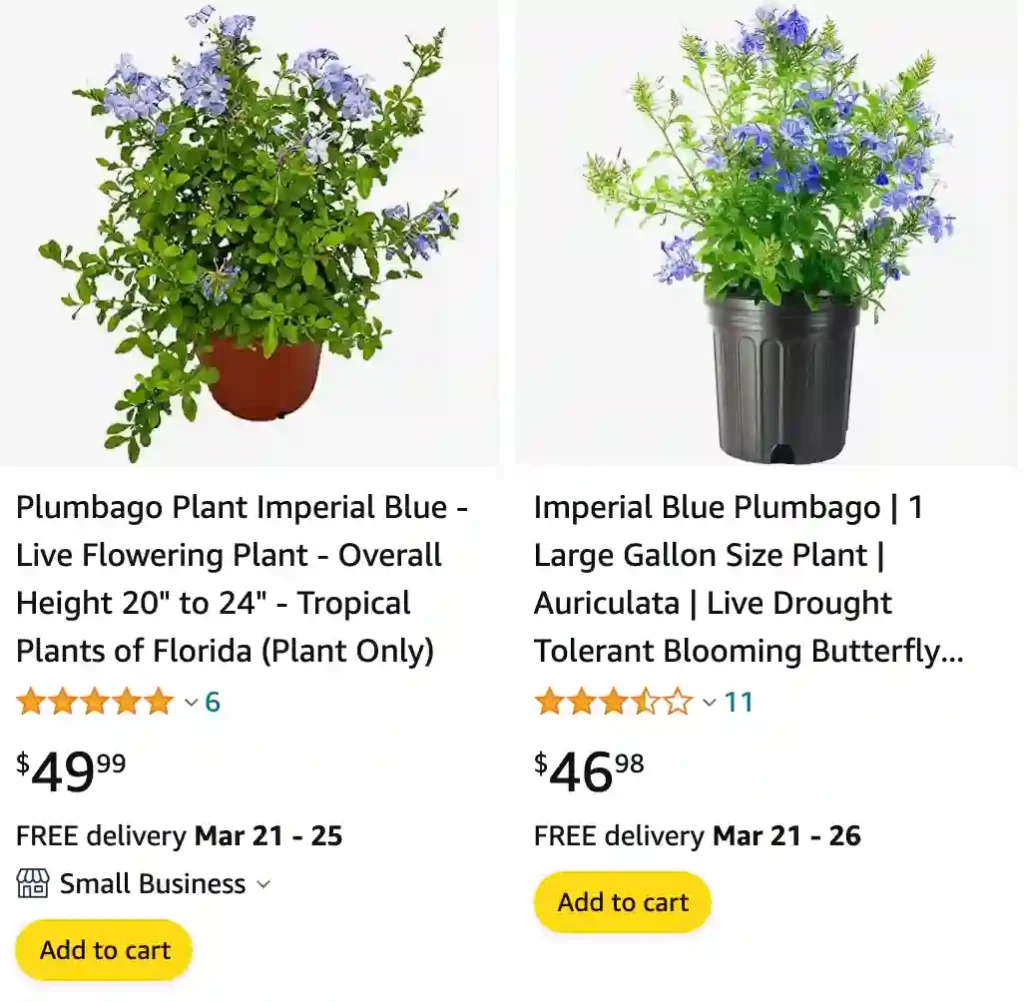
Is Imperial Blue Plumbago a perennial?
Plumbago Imperial Blue is indeed a perennial. I’ve had mine for a few years now, and it comes back beautifully each spring. I remember being a bit skeptical at first, unsure if it would survive through the colder months, but it has proven to be quite resilient. The blooms are such a vibrant blue, and they add a stunning pop of color to my garden year after year.
23 Species in Genus Plumbago
How to propagate Imperial Blue Plumbago?
You can propagate your Imperial Blue Plumbago using two main methods: stem cuttings or root cuttings. Here’s a breakdown of both methods:
Propagating with Stem Cuttings:
This is the most common and successful method for propagating Imperial Blue Plumbago.
- Timing: The ideal time for taking stem cuttings is in late spring or early summer, just before the new growth hardens off.
- Materials:
- Sharp pruners or shears
- Potting mix suitable for well-draining conditions (consider adding perlite or vermiculite for extra drainage)
- Small pots (3-4 inches)
- Rooting hormone (optional, but can encourage faster root development)
- Steps:
- Select a healthy stem: Choose a non-flowering stem with at least 4-6 inches of length and 2-3 sets of leaves. Look for firm, green stems with healthy buds at the tip.
- Make the cut: Using your sharp pruners, make a clean diagonal cut just below a leaf node (the bump where a leaf meets the stem).
- Prepare the cutting: Remove the lower set of leaves from the cutting, leaving 1-2 sets of leaves at the top. You can also cut the remaining leaves in half to reduce water loss.
- Optional: Rooting hormone: If using rooting hormone, dip the cut end of the stem in the powder, tapping off any excess.
- Planting: Fill your pots with the well-draining potting mix. Make a small hole in the center with your finger and insert the cutting, ensuring a node is buried in the soil.
- Watering: Water the pot thoroughly to settle the soil around the cutting.
- Placement: Place the pot in a location with indirect sunlight and high humidity. You can use a clear plastic bag or humidity dome to create a mini greenhouse environment.
- Care: Keep the soil consistently moist, but not soggy. Check the soil every few days and water as needed.
- Rooting: It can take several weeks for roots to develop. Signs of successful rooting include new growth appearing on the top of the cutting.
- Transplanting: Once the roots are well-established (usually 4-6 weeks), you can harden off the new plant by gradually introducing it to more sunlight and outdoor conditions. Then, transplant it to a larger pot or your desired location in the garden.
Propagating with Root Cuttings:
This method is less common but can still be successful, especially for more mature Imperial Blue Plumbago plants.
- Timing: Similar to stem cuttings, late winter or early spring before new growth appears is the ideal time.
- Materials:
- Sharp shovel or pruner
- Potting mix suitable for well-draining conditions
- Medium-sized pot (6-8 inches)
- Steps:
- Carefully dig up: Carefully dig up a section of the root ball of your mature Imperial Blue Plumbago plant.
- Select roots: Choose healthy roots that are 1/4 to 1/2 inch in diameter and at least 2-4 inches long.
- Cut the roots: Using your sharp pruner or shovel, cut the selected roots into sections.
- Planting: Lay the root sections horizontally in your pot with the cut ends facing down. Cover them with about 1/2 inch of well-draining potting mix.
- Watering: Water the pot thoroughly to settle the soil.
- Placement: Place the pot in a warm location with indirect sunlight.
- Care: Keep the soil consistently moist, but not soggy. Check the soil every few days and water as needed.
- Sprouting: It can take several weeks or even months for new shoots to emerge from the root sections. Be patient and maintain consistent moisture.
- Transplanting: Once new growth reaches a few inches tall, you can transplant the new plant into a larger pot or your desired location in the garden.
Here are some additional tips for propagating Imperial Blue Plumbago:
- Use sterile tools to avoid introducing diseases to your cuttings.
- Consider using a heat mat to promote faster root development (optional for both methods).
- Be patient! Propagating Imperial Blue Plumbago can take time, so don’t be discouraged if you don’t see results immediately.
How to care for Imperial Blue Plumbago?
Here’s a guide on caring for your Imperial Blue Plumbago:
Light and Location:
- Sunshine: Imperial Blue Plumbago thrives in full sun, ideally receiving at least 6 hours of direct sunlight daily. This will encourage the most abundant blooms.
- Partial shade: It can tolerate partial shade, but flower production might be less impressive.
Watering:
- Established plant: Imperial Blue Plumbago is known for its drought tolerance. Once established, it doesn’t require frequent watering. Water deeply when the top inch of soil feels dry to the touch.
- Newly planted: During the first growing season, water regularly to help the plant establish a strong root system. Avoid overwatering, which can lead to root rot.
Soil:
- Drainage: Well-drained soil is essential. Imperial Blue Plumbago won’t tolerate soggy conditions.
- Soil type: It adapts to various soil types, including loam, clay loam, and even sandy soil. If your soil is heavy clay, amend it with compost or sand to improve drainage.
Fertilizer:
- Light feeding: Imperial Blue Plumbago isn’t a heavy feeder. A light application of a balanced fertilizer, like a 10-10-10 formula, in early spring can be beneficial.
- Organic option: Alternatively, you can amend the soil with compost around the base of the plant to provide sustained nutrients.
Pruning:
- Not essential: Imperial Blue Plumbago doesn’t require extensive pruning to maintain its shape or encourage blooming. However, you can prune lightly to remove dead or overgrown branches for a tidier look.
- Pruning time: The best time to prune is in late winter or early spring before new growth appears.
Winter Care:
- Cold hardiness: Imperial Blue Plumbago is generally cold hardy to USDA zones 8 and above. In colder zones, you can provide winter protection by mulching around the base of the plant with a layer of organic material like shredded leaves or bark.
Additional Tips:
- Deadheading: Regularly removing spent flowers (deadheading) can encourage continuous blooming throughout the summer. Simply snip off the flower stalks just below the wilted blooms.
- Pests and diseases: Imperial Blue Plumbago is generally resistant to pests and diseases.
By following these tips, you can keep your Imperial Blue Plumbago thriving and flourishing, rewarding you with its beautiful blue blooms for many seasons to come.
If i die, water my plants!
